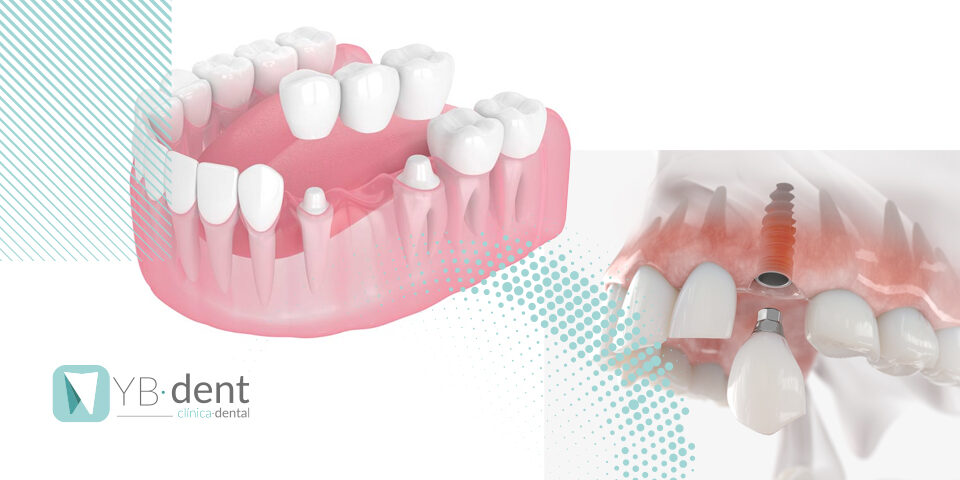¿Qué es la fluorosis dental?

La fluorosis es una enfermedad que afecta a los dientes. Está causada por la sobreexposición al flúor durante los primeros años de vida, exactamente durante los primeros 8 años. Es durante este tiempo cuando los dientes permanentes se están formando.
Una vez han salido los dientes, aquellos que están afectados aparecerán ligeramente descoloridos.
¿Qué grado de difusión tiene la fluorosis?
La fluorosis afecta a casi uno de cada cuatro ciudadanos de entre 6 y 49 años. Es más frecuente durante el periodo de los 12 a los 15 años. En la gran mayoría de los casos suelen ser casos leves. Solo un 2% se considera moderado y menos del 1% son graves.
Sin embargo, aunque la fluorosis no es una enfermedad, sus secuelas pueden afectar psicológicamente al paciente y son difíciles de tratar. Por ello, la prevención en los niños puede desempeñar un papel importante.
Causas de la fluorosis
Una de las principales causas de la fluorosis es el uso inadecuado de productos dentales que contienen flúor, como la pasta de dientes y los enjuagues bucales. A veces, los niños disfrutan tanto del sabor de la pasta de dientes que se la tragan en lugar de escupirla.
No obstante, hay otras causas de que producen esta enfermedad. Por ejemplo, recurrir a una alta cantidad de flúor a la que se debería durante los primeros años de la infancia puede provocar fluorosis. Lo mismo ocurre cuando un niño, o un adulto, toma zumos de frutas y refrescos enriquecidos con flúor.
Síntomas de la fluorosis
Los síntomas de la fluorosis van desde pequeñas motas o rayas blancas que pueden ser imperceptibles hasta manchas marrones oscuras y un esmalte áspero y picado que es difícil de limpiar. Se pueden reconocer rápidamente con aquellos dentales no afectados, pues son lisos y brillantes, además de ser de un color blanco cremoso pálido.
Desde la década de 1930, los dentistas han clasificado la gravedad de la fluorosis utilizando las siguientes categorías:
- El esmalte muestra ligeras alteraciones que van desde unas pocas manchas blancas hasta manchas blancas ocasionales.
- Muy leve. Hay pequeñas zonas con un blanco oscuro en menos del 25% de la superficie del diente.
- Las zonas blancas opacas en la superficie son más extensas, pero todavía afectan a menos del 50% de la superficie.
- Las áreas blancas opacas afectan a más del 50% de la superficie del esmalte.
- Toda la superficie del esmalte está afectada. Los dientes también presentan síntomas de estar picados.
Tratamientos de fluorosis
En muchos casos, la fluorosis es tan leve que no necesita tratamiento. También puede afectar solo a los dientes posteriores, donde no es alcanza a ver esta enfermedad a no ser que acudas al dentista.
El aspecto de los dientes afectados por una fluorosis de moderada a grave puede mejorarse significativamente mediante diversas técnicas. La mayoría de ellas están destinadas a ocultar las manchas.
Estas técnicas pueden incluir:
- Blanqueamiento dental y otros procedimientos para eliminar las manchas superficiales. Ten en cuenta que el blanqueamiento dental puede empeorar temporalmente el aspecto de la fluorosis.
- Recubrir el diente con una resina dura que se adhiere al esmalte.
- Carillas hechas a medida que cubren la parte delantera de los dientes para mejorar su aspecto. Se utilizan en casos de fluorosis grave.
- Pasta de diente especializada con un alto fosfato de calcio que a veces se combina con métodos dentales para minimizar la decoloración de los dientes.
Si sientes que los dientes de tu hijo o los de alguien de tu familia tienen manchas blancas o si observa uno o varios dientes descoloridos, no dude en ponerse en contacto con nosotros.



